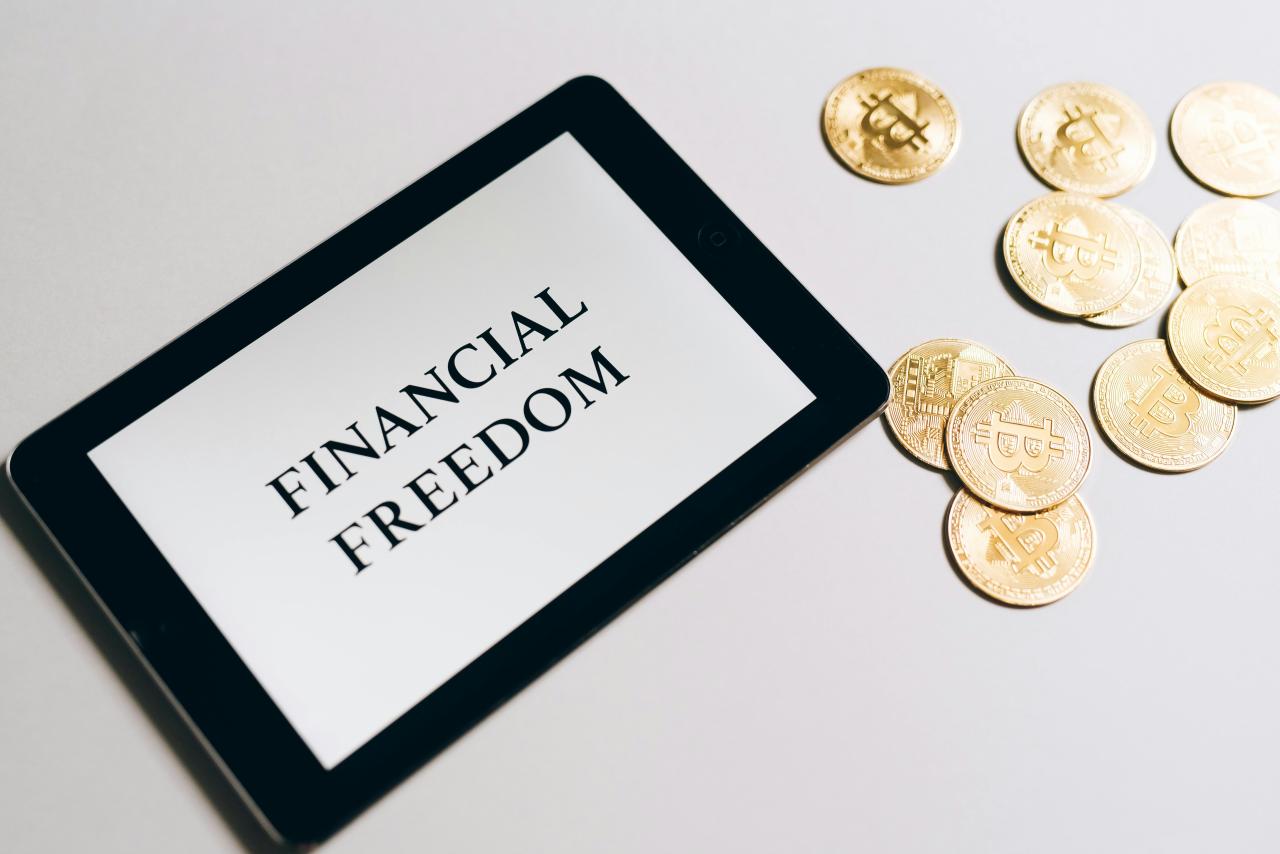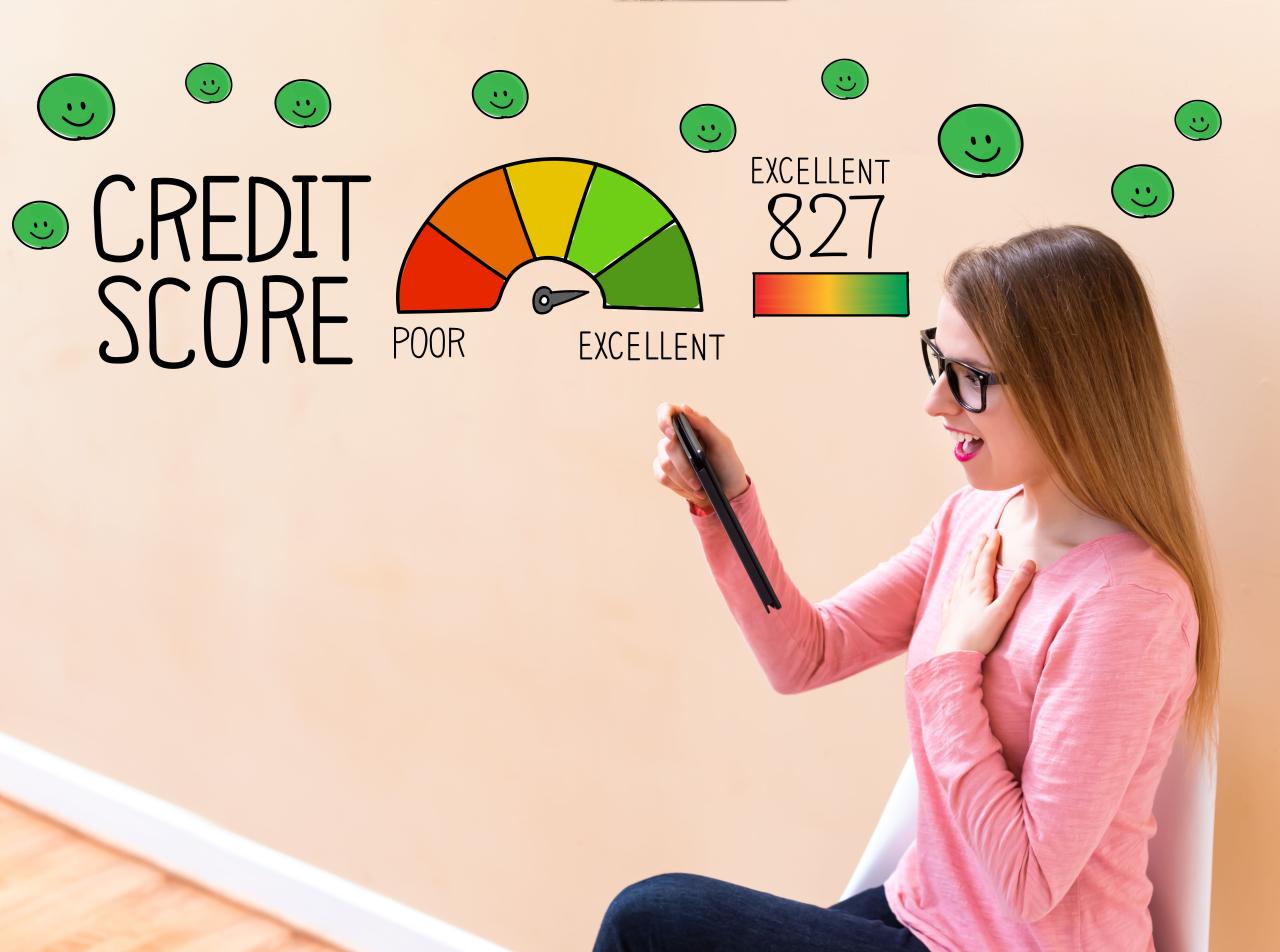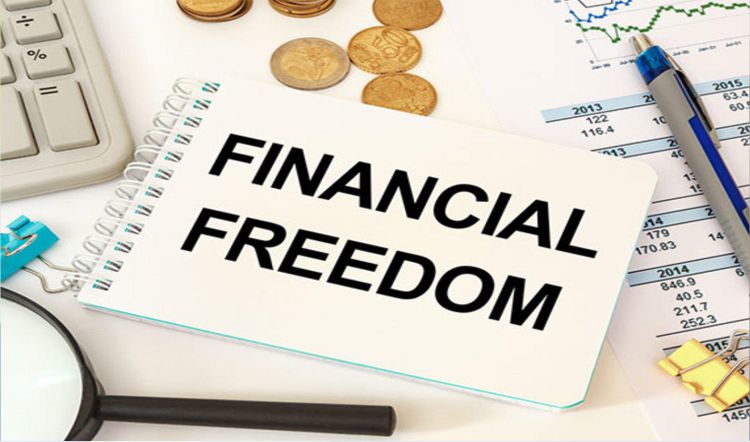Defining Financial Freedom

Before charting a course, it’s vital to understand what financial freedom truly entails for you. It’s a highly personal concept, but generally, it signifies having enough passive income to cover your living expenses, or having sufficient savings and investments to meet your long-term goals without actively working.
A. The Spectrum of Financial Independence
Financial freedom isn’t a single destination but rather a continuum of increasing financial security.
A. Financial Solvency: You can meet all your immediate financial obligations and basic needs without defaulting on debt. This is the starting point.
B. Financial Stability: You have an emergency fund covering 3-6 months of essential expenses, and you’re consistently paying bills on time. You’re no longer living paycheck to paycheck.
C. Financial Security: Your passive income streams can cover your basic living expenses, allowing you to sustain your current lifestyle without active employment if necessary. This often involves a paid-off home.
D. Financial Independence: Your passive income (from investments, rentals, etc.) exceeds your total living expenses, giving you the choice to work or not. This is often the goal of the FIRE (Financial Independence, Retire Early) movement.
E. Financial Freedom/Abundance: You have more than enough resources to cover your desired lifestyle, pursue your passions, and support causes you care about, even accounting for unexpected events and long-term goals. This offers true optionality and choice.
B. Why Financial Freedom Matters More Than Ever
In today’s global economy, pursuing financial freedom isn’t just a luxury; it’s a critical component of a resilient and fulfilling life.
A. Economic Uncertainty: The past decades have shown us that job security is not guaranteed, and economic downturns can strike unexpectedly. Financial freedom acts as a powerful buffer.
B. Increased Life Expectancy: People are living longer, meaning retirement savings need to stretch further. Relying solely on government pensions or dwindling company benefits is increasingly risky.
C. Flexibility and Control: It empowers you to make life choices based on passion and purpose, rather than financial necessity. Want to start a business, travel, volunteer, or spend more time with family? Financial freedom makes it possible.
D. Reduced Stress: Financial worries are a leading cause of stress, anxiety, and even health issues. Achieving financial freedom significantly alleviates this burden.
E. Legacy and Impact: It provides the means to support loved ones, contribute to your community, or leave a lasting legacy.
Foundational Pillars
The journey begins with establishing robust financial habits and clear objectives.
A. Define Your Financial Goals with Clarity
Vague intentions yield vague results. Specificity is paramount.
A. Quantify Your Needs: Determine exactly how much money you need for your desired lifestyle at each stage of financial independence. This includes daily expenses, future large purchases (house, car), and retirement income.
B. Set Timelines: Assign realistic deadlines to your goals (e.g., “Pay off credit card debt by end of 2026,” “Accumulate Rp500 million in emergency savings by 2028”).
C. Prioritize: If you have multiple goals, prioritize them based on urgency and importance. This helps allocate your resources effectively.
B. Master Your Cash Flow with a Budget
A budget is not about restriction; it’s about empowerment and intentional spending.
A. Track Every Rupiah: For at least one month, meticulously record all your income and expenses. Use a budgeting app (like Mint, YNAB, OVO, or GoPay’s budgeting features), a spreadsheet, or a notebook. This reveals where your money truly goes.
B. Categorize Spending: Group your expenses into clear categories (e.g., housing, food, transportation, entertainment, debt payments, savings).
C. Distinguish Needs vs. Wants: Critically analyze your spending to identify essential needs versus discretionary wants. This is where most cost-cutting opportunities lie.
D. Choose a Budgeting Method:
A. 50/30/20 Rule: 50% for Needs, 30% for Wants, 20% for Savings & Debt Repayment. Simple and effective.
B. Zero-Based Budgeting: Assign every single Rupiah of your income a “job” (expense, savings, debt payment). Your income minus your expenses should equal zero. This method offers maximum control.
C. Envelope System: Physically (or digitally) allocate cash into “envelopes” for spending categories. When an envelope is empty, spending in that category stops until the next period.
E. Regular Review and Adjustment: A budget is a living document. Review it monthly, adjust as your income or expenses change, and ensure it aligns with your evolving goals.
C. Build a Robust Emergency Fund
This is your financial safety net, preventing minor setbacks from becoming major disasters.
A. Initial Target: Start with at least 3-6 months’ worth of essential living expenses (rent/mortgage, utilities, food, transportation) in an easily accessible, liquid account, like a high-yield savings account.
B. Expand as Needed: For greater peace of mind, especially if you have an unpredictable income or dependents, aim for 9-12 months of expenses.
C. Purpose: This fund prevents you from dipping into investments or incurring high-interest debt when faced with unexpected events like job loss, medical emergencies, or major home/car repairs.
Strategic Actions
With a solid foundation, these actionable steps will significantly accelerate your path to financial freedom.
A. Conquer High-Interest Debt Aggressively
High-interest debt is a major obstacle, as the interest payments erode your ability to save and invest.
A. Prioritize Credit Card Debt: Credit cards often carry interest rates of 15-25% or more in Indonesia. Every Rupiah paid towards interest is a Rupiah that could have been invested or saved. Make paying these off a top priority.
B. Choose a Payoff Method:
A. Debt Avalanche: Pay off debts with the highest interest rates first, regardless of balance. This is mathematically the fastest way to save money on interest.
B. Debt Snowball: Pay off the smallest debts first, regardless of interest rate. The psychological wins of quickly eliminating smaller debts can be highly motivating.
C. Avoid New Debt: While aggressively paying down old debt, strictly avoid taking on new high-interest debt. Cut up credit cards if necessary (while keeping the accounts open for credit history, if beneficial).
D. Consider Consolidation (with caution): If you have multiple high-interest debts, a lower-interest personal loan or a balance transfer credit card could consolidate them. However, ensure the new interest rate is genuinely lower, and crucially, address the underlying spending habits to avoid re-accumulating debt.
B. Increase Your Income Streams
More money coming in provides more capital to save and invest.
A. Negotiate Salary/Seek Raises: Regularly assess your market value and negotiate for salary increases at your current job.
B. Develop New Skills: Invest in yourself through courses, certifications, or advanced degrees to boost your earning potential.
C. Start a Side Hustle: Explore part-time work, freelancing, consulting, or starting a small online business (e.g., selling digital products, offering services). This additional income can be directly funneled into savings or debt repayment.
D. Monetize Hobbies: Turn a passion into a revenue stream (e.g., teaching a skill, selling crafts, photography).
C. Automate Your Savings and Investments (Pay Yourself First)
This is perhaps the single most powerful strategy for consistent wealth building.
A. Direct Deposit Allocation: Instruct your employer to directly deposit a portion of your paycheck into your savings and investment accounts before it reaches your checking account.
B. Automated Transfers: Set up recurring automatic transfers from your checking account to your investment accounts (e.g., monthly contributions to your retirement fund or brokerage account).
C. Round-Up Features: Utilize banking apps that round up your purchases to the nearest Rupiah and transfer the difference to savings.
D. Invest Smartly for Long-Term Growth
Once your emergency fund is solid and high-interest debt is cleared, shift your focus to investing for growth.
A. Understand Compound Interest: This is the “eighth wonder of the world.” The earlier you start, the more time your money has to grow exponentially, as interest earns interest.
B. Maximize Tax-Advantaged Accounts:
A. Retirement Accounts: In Indonesia, this might include BPJS Ketenagakerjaan (for employed individuals) or voluntary private pension funds (DPLK). For those in countries with structures like 401(k)s, IRAs (Traditional or Roth), or similar, maximize contributions, especially if there’s an employer match (free money!).
B. Health Savings Accounts (HSAs): If eligible, these offer a triple tax advantage (tax-deductible contributions, tax-free growth, tax-free withdrawals for medical expenses) and can be a powerful retirement savings tool.
C. Diversify Your Portfolio: Don’t put all your eggs in one basket. Invest across various asset classes (stocks, bonds, real estate, commodities, potentially some well-researched cryptocurrencies if you understand the risk) and geographies to mitigate risk.
D. Low-Cost Index Funds and ETFs: These are often ideal for long-term investors as they offer broad market exposure, instant diversification, and significantly lower fees than actively managed funds.
E. Consider Passive Income Investments: Actively pursue investments designed to generate recurring income with minimal effort (e.g., dividend stocks, rental properties, REITs, P2P lending platforms, or royalties from creative works).
E. Optimize Your Taxes
Taxes are a major expense. Strategic tax planning can significantly impact your net wealth.
A. Utilize Deductions and Credits: Understand all eligible tax deductions (e.g., mortgage interest, charitable contributions, certain business expenses for self-employed individuals) and tax credits (e.g., for education, child care) to reduce your taxable income and overall tax liability.
B. Tax-Efficient Investing: Position your investments strategically across different account types (taxable vs. tax-advantaged) to minimize tax drag on your returns.
C. Consult a Tax Professional: For complex financial situations or significant life changes, a qualified tax advisor can provide invaluable guidance and ensure compliance.
The Psychology of Financial Freedom

Achieving financial freedom is as much about psychological discipline as it is about financial strategies.
A. Practice Delayed Gratification
Resist the urge for immediate consumption in favor of larger, long-term rewards. Every dollar saved and invested today is a dollar working for your future freedom.
B. Cultivate Frugality and Value-Based Spending
A. Conscious Consumption: Understand the difference between spending on things that truly bring you value and spending impulsively or on depreciating assets.
B. Eliminate Waste: Continuously look for ways to reduce unnecessary expenses without sacrificing your quality of life.
C. Focus on Long-Term Vision, Not Short-Term Noise
A. Ignore Market Fluctuations: Don’t panic during market downturns or get overly exuberant during booms. Stick to your long-term investment plan.
B. Visualize Your Future Self: Regularly remind yourself of your financial freedom goals. Picture your life unburdened by financial stress.
D. Educate Yourself Continuously
The financial world is always evolving. Stay informed.
A. Read Books and Articles: Absorb knowledge about personal finance, investing, economics, and wealth management.
B. Listen to Podcasts: Engage with financial podcasts and audiobooks during your commute or workouts.
C. Attend Webinars/Workshops: Seek out reputable educational resources to deepen your understanding.
E. Practice Gratitude
Appreciate what you have. This can reduce the urge for excessive consumption and foster contentment, which is a key component of financial peace.
Long-Term Maintenance
Achieving financial freedom is a major milestone, but maintaining it requires ongoing vigilance and adaptation.
A. Regular Financial Reviews
A. Annual Check-ups: Schedule at least an annual comprehensive review of your budget, investments, and overall financial plan with your advisor or by yourself.
B. Adjust for Life Changes: Marriage, divorce, children, job changes, inheritances, health issues – each of these necessitates a re-evaluation and adjustment of your financial plan.
B. Estate Planning and Legacy Building
As your wealth grows, plan for its distribution and impact beyond your lifetime.
A. Wills and Trusts: Ensure you have up-to-date wills and consider trusts for asset protection and specific distribution instructions.
B. Beneficiary Designations: Review beneficiaries on all your financial accounts, as these supersede your will.
C. Philanthropy: If desired, plan how to use your wealth to support causes important to you, potentially through donor-advised funds or charitable trusts.
C. Protect Your Wealth
Risk management doesn’t stop once you’re financially free.
A. Insurance: Continuously review your insurance coverage (life, health, long-term care, umbrella liability) to ensure adequate protection.
B. Diversification: Maintain a well-diversified portfolio to protect against market downturns or specific asset class risks.
D. Give Back and Find Purpose
Financial freedom isn’t an end in itself; it’s a means to live a life of greater purpose.
A. Volunteering: Dedicate time to causes you care about.
B. Mentorship: Share your financial knowledge and experience with others.
C. Philanthropic Efforts: Contribute financially to charities or social impact initiatives.
Conclusion
The pursuit of financial freedom is a transformative journey, offering not just monetary security but also the priceless gifts of choice, peace of mind, and the ability to live a life aligned with your deepest values. It requires a deliberate shift from reactive spending to proactive planning, from debt accumulation to strategic investment. By diligently defining your goals, mastering your cash flow, aggressively tackling debt, wisely investing for growth, and cultivating a disciplined mindset, you can systematically achieve financial freedom. Remember, it’s a marathon, not a sprint, punctuated by consistent small actions that compound into significant results over time. Start today, take that first step, and empower yourself to build the financial resilience that will allow you to not just survive, but truly thrive, securing a future where your money works for you, freeing you to live life on your own terms.













